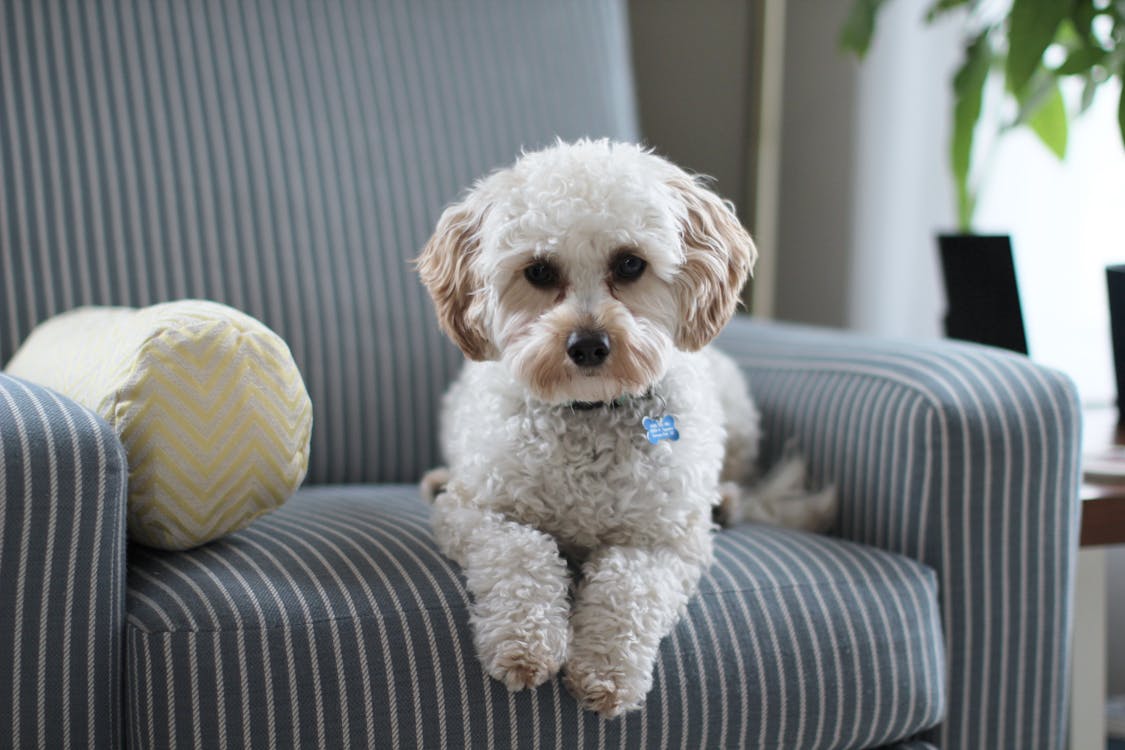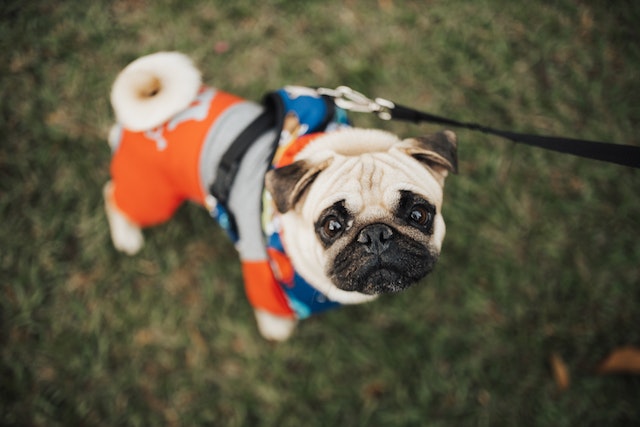We all love our furry companions, but sometimes their behavior can be frustrating or even dangerous. Whether it’s barking, biting, or jumping up on guests, a dog’s negative behavior can cause stress for both the owner and the animal. Luckily, there are ways to change your dog’s behavior and transform them into a well-behaved companion. In this post, we’ll share some expert tips for training your dog and creating a positive environment for both you and your furry friend. So if you’re tired of saying “bad dog,” read on to learn how to turn your pup into a model citizen.
Don’t punish your dog – teach them what you want them to do instead

Instead of scolding or punishing your dog for negative behavior, focus on teaching them what you want them to do instead. Use positive reinforcement techniques to reward good behavior and redirect your dog’s attention to appropriate activities. Consistency is key in teaching your dog new behaviors, so be patient and persistent in your training efforts. Punishment can create fear and anxiety in your dog, making it harder for them to learn and obey commands. By teaching your dog through positive reinforcement, you’ll build a stronger bond and a more well-behaved pup.
Be consistent with your commands
When giving commands to your dog, make sure you are using the same word or phrase every time. Don’t switch it up or use different variations of the same command. This will only confuse your dog and make it harder for them to understand what you want them to do. Consistency is key in training your dog to behave the way you want them to.
Use positive reinforcement

Positive reinforcement is a highly effective way to train your dog. This means rewarding them with treats, praise, and playtime when they exhibit good behavior. This will help your dog associate good behavior with positive outcomes, which will motivate them to continue behaving well. However, it’s important to ensure that the rewards are given immediately after the good behavior occurs, so your dog makes the connection between their actions and the reward. Avoid using punishment as it can be counterproductive and harm the bond between you and your dog. Remember, positive reinforcement is a powerful tool, so use it to your advantage.
Exercise your dog regularly
Make sure to give your dog plenty of opportunities for physical activity. Regular exercise not only helps them stay fit and healthy, but it also helps prevent destructive behaviors that can arise from boredom and excess energy. Try taking your dog for a daily walk, playing fetch in the park, or enrolling them in a dog sports class. The amount and type of exercise needed can vary depending on your dog’s breed and age, so consult with your veterinarian to determine what’s appropriate for your pup.
Socialize your dog early and often

Socializing your dog is crucial to preventing negative behavior towards other dogs, people, and environments. Early and frequent socialization helps your dog become comfortable with a wide range of experiences, which can lead to a more confident and well-adjusted pup. Socializing your dog can involve taking them to dog parks, allowing them to play with other dogs, and introducing them to new environments. Remember to supervise interactions with other dogs to prevent any negative experiences.
Avoid leaving your dog alone for long periods of time
Dogs are social creatures and need interaction with their owners and other animals. Leaving your dog alone for extended periods of time can lead to anxiety, destructive behavior, and excessive barking. If you work long hours, consider hiring a dog walker or pet sitter to give your pup some company during the day. You can also leave toys, puzzles, or interactive games to keep them occupied while you’re away. Gradually increasing the amount of time your dog is left alone can help them adjust to your absence.
Give your dog a job

One way to change your dog’s behavior is by giving them a job. Dogs love having a purpose and feel a sense of accomplishment when they complete a task. This can range from something as simple as bringing you a toy, to more complex tasks like helping with chores or assisting someone with a disability. By giving your dog a job, you are also providing mental stimulation and preventing boredom, which can lead to negative behavior. So next time you’re looking for ways to improve your dog’s behavior, try giving them a job and watch them thrive.
Keep training sessions short and sweet
When it comes to training your dog, remember that their attention span may not be as long as yours. Keep training sessions short, around 5-10 minutes, and focus on one specific behavior at a time. Don’t overload them with too many commands or they may become overwhelmed and lose interest. By keeping the sessions short and sweet, you can make sure your dog stays engaged and motivated to learn.


